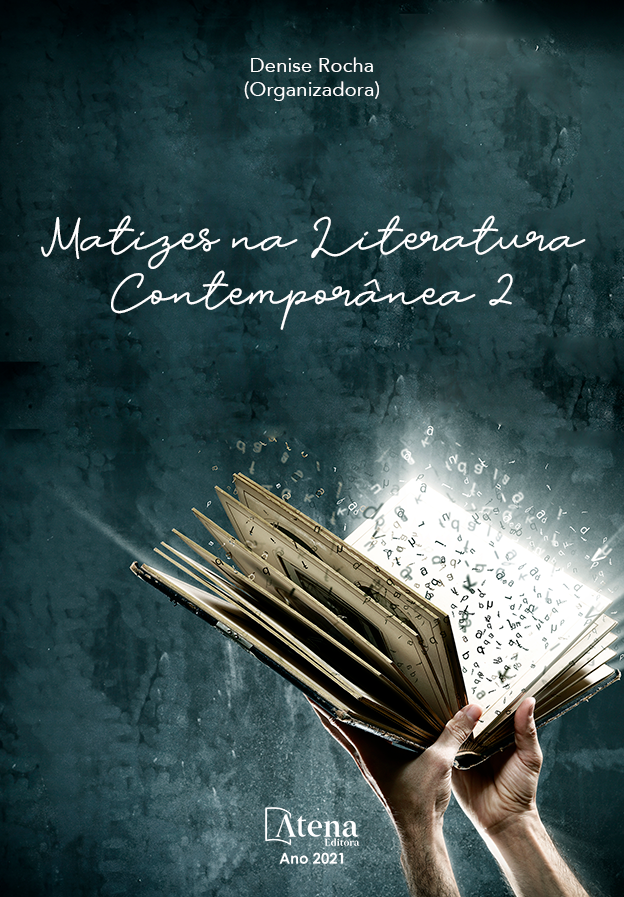
“COLHEITA” E “PENÉLOPE”: UM DIÁLOGO INTERTEXTUAL
Como se sabe, em “Odisseia”, de Homero, durante a ausência de Ulisses, Penélope fica a esperá-lo fielmente. Após séculos, encontramos a continuidade desse enredo nos mais variados autores, dentre eles, nos contos “Penélope”, de Dalton Trevisan e “Colheita”, de Nélida Piñon. Os escritores absorvem o texto original da épica homérica e inauguram um novo discurso da situação conjugal e trazem à tona sentimentos banalizados pela vida cotidiana. O diálogo entre os dois textos, mais especificadamente, entre as duas protagonistas, apresenta o eu feminino que vive oprimido pelo sistema de valores dominantes, uma vez que se encontram inseridas em situações de sujeição em relação aos esposos. A partir desse viés, analisa-se, neste artigo, a constituição das personagens femininas nos dois contos sob a perspectiva de mostrar a submissão da mulher em um espaço cheio de amarras patriarcais, que começou a ser representada, segundo Adorno e Horkheimer, por meio da personagem Penélope.
“COLHEITA” E “PENÉLOPE”: UM DIÁLOGO INTERTEXTUAL
-
DOI: 10.22533/at.ed.0312127012
-
Palavras-chave: Patriarcalismo. Intertextualidade. Colheita. Penélope.
-
Keywords: Patriarchalism. Intertextuality. Colheita. Penelope.
-
Abstract:
As we know, in Homer's "Odyssey", during Ulysses' absence, Penelope is faithfully waiting for him. After centuries, we find the continuity of this plot in the most varied authors, among them, in the short stories “Penélope”, by Dalton Trevisan and “Colheita”, by Nélida Piñon. The writers absorb the original text of the Homeric epic and inaugurate a new discourse on the marital situation and bring out trivialized feelings for everyday life. The dialogue between the two texts, more specifically, between the two protagonists, presents the female self that lives oppressed by the dominant value system, since they are inserted in situations of subjection in relation to their spouses. Based on this bias, in this article, the constitution of female characters in both stories is analyzed from the perspective of showing the submission of women in a space full of macho chambers, which began to be represented, according to Adorno and Horkheimer, in the character Penelope.
-
Número de páginas: 14
- neila da silva de souza


